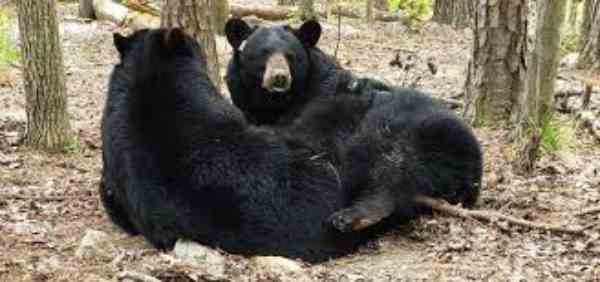Yosemite National Park, nestled in the heart of California’s Sierra Nevada Mountains, is a haven for nature enthusiasts and adventurers alike. Its breathtaking landscapes, towering waterfalls, and lush forests draw millions of visitors each year. However, beneath the park’s stunning beauty lies a world inhabited by some of nature’s most formidable creatures.
From elusive mountain lions to venomous rattlesnakes, Yosemite is home to an array of dangerous animals that demand respect and caution from those who venture into their territory.
In this article, we will explore the fascinating world of the Most Dangerous Animals Of Yosemite, shedding light on their behavior, habitats, and the precautions you should take to ensure a safe and unforgettable experience in this iconic national park. Whether you’re a seasoned outdoors enthusiast or a first-time visitor, understanding these creatures and how to coexist with them is crucial for a memorable and secure adventure in Yosemite.
The Allure of Yosemite National Park
Yosemite National Park, often described as a slice of heaven on Earth, holds a unique allure that captivates the hearts of millions. This natural wonderland, nestled within the Sierra Nevada Mountains of California, boasts some of the most breathtaking vistas on the planet. From the towering granite cliffs of El Capitan to the thundering cascades of Yosemite Falls, every corner of the park oozes with awe-inspiring beauty. But Yosemite’s allure is not merely skin-deep; it’s a place where time stands still, allowing visitors to connect with nature in its purest form. In this article, we will embark on a journey to uncover the irresistible charm of Yosemite, exploring its geological wonders, rich history, and the profound sense of wonder it imparts to all who venture into its embrace.
Understanding Wildlife Behavior
Yosemite National Park’s allure isn’t solely attributed to its breathtaking landscapes; it’s also the thriving wildlife that enchants visitors. Understanding the behavior of the park’s diverse animal inhabitants adds a layer of appreciation to the experience. From the elusive black bears that roam the forests to the graceful deer that graze in meadows, each species has its unique traits and roles in the ecosystem.
Delving into the intricacies of wildlife behavior allows us to connect with these creatures on a deeper level, fostering respect and a greater sense of responsibility toward their conservation. In this section, we will delve into the general principles of wildlife behavior, shedding light on how these fascinating animals adapt and thrive in their natural habitat.
Black Bears:
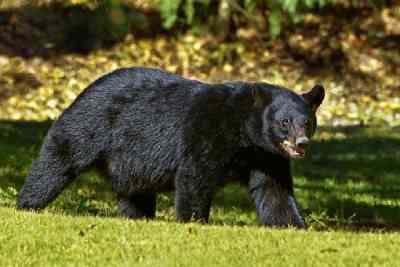
Black bears are the most iconic and widely recognized animals in Yosemite National Park. While these magnificent creatures are typically not aggressive, they can pose risks to humans if they associate them with food sources. Yosemite visitors are urged to follow strict bear safety guidelines, including storing food and scented items properly in bear-resistant containers or lockers and disposing of trash appropriately.
By doing so, visitors can prevent bears from becoming habituated to human food and reduce the potential for conflicts. Seeing a black bear in Yosemite can be a thrilling experience, and observing these animals in their natural habitat is a privilege that comes with a responsibility to protect both bears and park visitors.
Mountain Lions (Cougars):
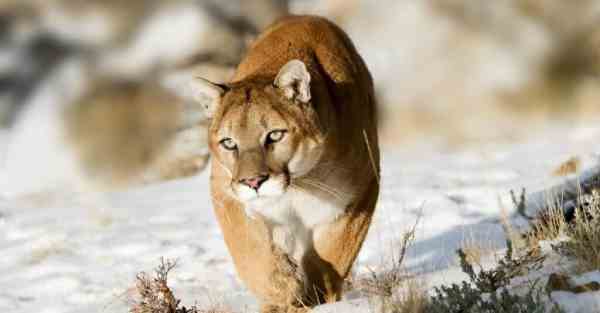
Mountain lions, also known as cougars, are elusive and rarely seen in Yosemite. These apex predators are generally solitary and avoid humans. However, encounters can be dangerous if they feel cornered or threatened. To reduce the risk of encounters, hikers are advised to travel in groups, make noise to announce their presence, and avoid hiking during dawn and dusk when mountain lions are most active.
While the chances of encountering a mountain lion in Yosemite are exceedingly low, visitors should remain vigilant and informed about safety precautions, helping to ensure that these majestic big cats can continue to roam Yosemite’s wilderness without conflicts.
Rattlesnakes:
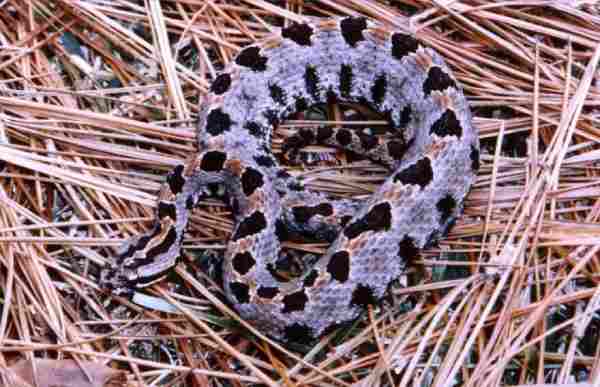
Yosemite’s diverse ecosystems are also home to several species of rattlesnakes, including the Northern Pacific rattlesnake. While rattlesnakes are generally reclusive and prefer to avoid humans, their venomous bites can be painful and occasionally dangerous. Hikers and visitors are encouraged to stay on marked trails and exercise caution when traversing areas known for snake activity.
Avoiding tall grasses and rock piles, where snakes may seek shelter, can minimize the risk of encountering these reptiles. It’s essential to be aware of your surroundings and listen for the distinctive rattling sound, a warning sign that a rattlesnake may be nearby. Yosemite’s rattlesnakes play a vital role in the park’s ecosystem, and respectful coexistence ensures their conservation.
Yellowjackets and Bees:
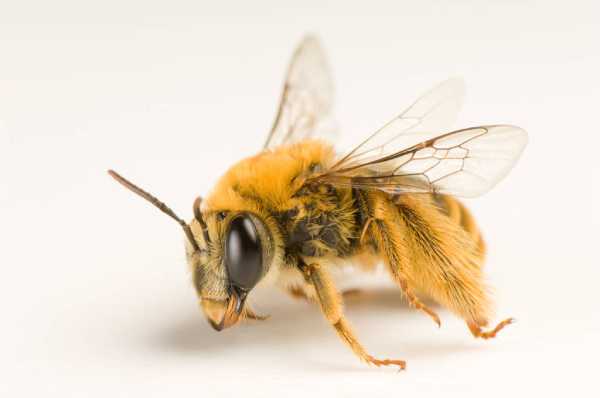
Yellowjackets and bees are an integral part of Yosemite’s ecosystem, serving as pollinators and scavengers. While they are generally not aggressive, they can become nuisances, especially around food and sweet beverages. Visitors are advised to keep food and drinks covered and to dispose of trash in designated containers.
It’s crucial to remain calm and avoid swatting if these insects are present, as swatting can provoke them. If stung, seek medical attention if you experience an allergic reaction. By practicing proper food and waste management, visitors can enjoy Yosemite’s natural beauty while minimizing interactions with yellowjackets and bees.
Ticks:

Ticks are small arachnids that can transmit diseases such as Lyme disease. While ticks are present in Yosemite’s wooded areas, the risk of disease transmission is relatively low. Visitors can reduce the risk further by wearing long sleeves, and long pants, and using insect repellent containing DEET. After spending time outdoors, thorough tick checks on your body and clothing are essential.
If you find a tick, remove it carefully with tweezers, ensuring you remove the entire tick, including the head. Being vigilant about tick prevention is a responsible way to enjoy Yosemite’s wilderness while protecting your health.
Deer and Elk:
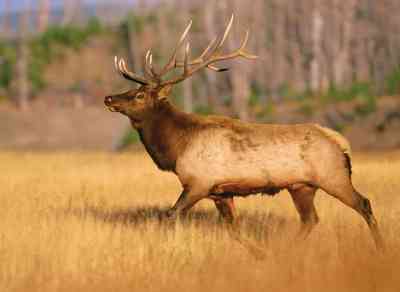
Deer and elk are a common sight in Yosemite, and their presence adds to the park’s natural beauty. During their mating season (rut), which typically occurs in the fall, these normally docile animals can become more aggressive. Visitors should maintain a safe distance, especially from males, known as bucks and bulls, who may be more territorial and unpredictable during this time.
It’s essential not to approach, feed, or attempt to interact with these animals. Enjoying their presence from a respectful distance ensures the safety of both visitors and the park’s resident deer and elk populations.
Coyotes:

Coyotes are highly adaptable animals found throughout Yosemite National Park. While they are generally not a threat to humans, they can become more aggressive if they associate humans with food sources. To avoid conflicts, visitors should never feed coyotes or other wildlife. It’s important to maintain a safe distance and refrain from approaching these creatures. Enjoying the presence of coyotes in the park from a distance ensures the preservation of their natural behaviors and the safety of all park visitors.
Squirrels and Rodents:
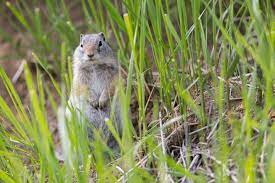
Squirrels and other rodents are common residents of Yosemite’s forests and meadows. While they are generally not dangerous, these animals can carry diseases. Yosemite visitors are urged not to feed squirrels or other rodents and to maintain proper hygiene, such as washing hands after contact with wildlife or their habitat. Enjoying these small mammals from a distance ensures their health and the health of visitors.
Skunks:
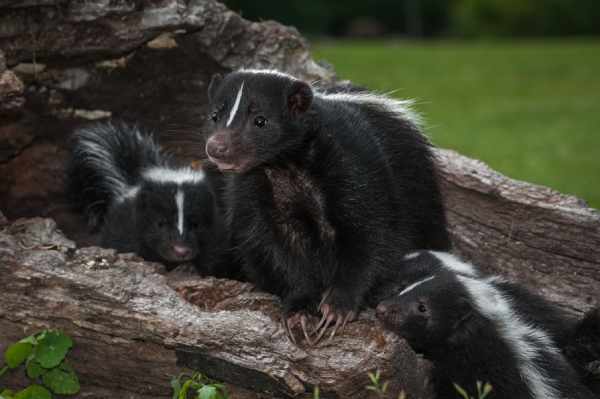
Skunks in Yosemite, like their counterparts elsewhere, possess a potent defense mechanism: a foul-smelling spray. Visitors should be cautious and maintain a safe distance from skunks encountered in the park. Avoiding sudden movements or loud noises can help prevent a skunk from feeling threatened and resorting to spraying as a defense mechanism. Skunks play a role in the park’s ecosystem, and respectful coexistence allows them to continue their activities without disruption.
Marmots:
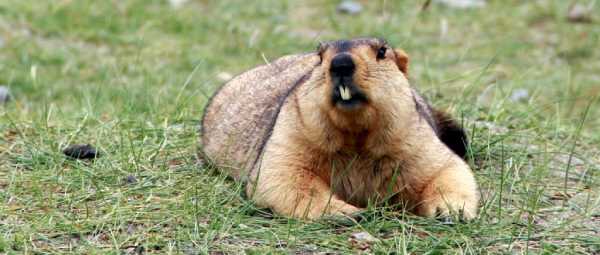
Marmots are native to Yosemite and are known for their distinctive appearances and social behaviors. However, they may cause damage by chewing on vehicles, tents, or other belongings. Visitors are encouraged to store food and gear securely to prevent marmot interactions. Additionally, marmots should not be fed or approached, as they are wild animals and should be respected as such.
Owls and Raptors:
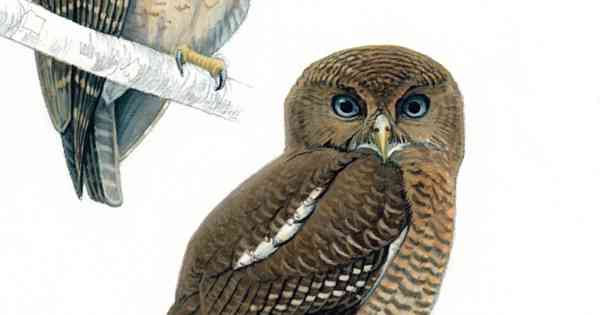
Owls and other raptors are part of Yosemite’s avian diversity. These birds of prey can have sharp talons and beaks and may become aggressive if they feel threatened. Visitors should avoid approaching or disturbing these majestic birds and should adhere to designated viewing areas and trails to observe them safely.
River Otters:
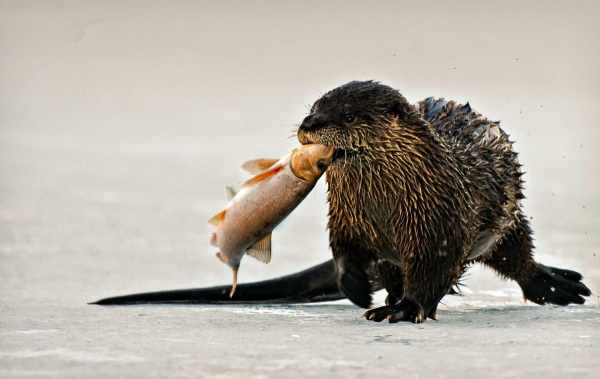
River otters can be found in Yosemite’s aquatic habitats, including lakes and rivers. While these playful creatures are generally not dangerous, they can bite if cornered or provoked. To ensure the safety of both visitors and river otters, it’s essential to observe them from a safe distance and avoid feeding them.
American Bullfrog:
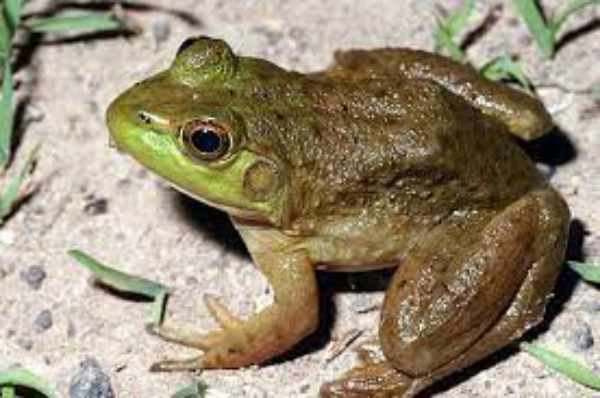
While American bullfrogs are generally not dangerous to humans, they are an integral part of the aquatic ecosystems in Yosemite. These amphibians are known for their loud calls during the breeding season, and their tadpoles are a critical food source for various wildlife species. Visitors should appreciate these frogs’ unique role in the park’s ecosystem and avoid disturbing their breeding sites in wetlands and ponds.
Biting Insects:

Yosemite is also home to various biting insects, including mosquitoes and black flies, particularly during the warmer months. While these insects can be bothersome and their bites itchy, they are not inherently dangerous. Visitors can protect themselves by wearing long sleeves, using insect repellent, and camping in areas away from standing water where these insects breed.
Deer Mice:

Deer mice are native rodents found in Yosemite, but they can carry hantavirus, a potentially severe respiratory illness. While human infections are rare, visitors should take precautions to avoid direct contact with deer mice and their droppings. Keeping food and trash secure and maintaining proper hygiene are essential measures to minimize the risk of hantavirus exposure.
Stinging Nettle and Poison Oak:

While not animals, stinging nettles and poison oak are plants in Yosemite that can cause skin irritation. Stinging nettles have fine, hair-like structures that inject irritating chemicals when touched. Poison oak contains oils that can cause allergic reactions and rashes. Visitors should learn to identify these plants and avoid touching or brushing against them while hiking or exploring.
Biting Flies:

Biting flies, such as horse flies and deer flies, are present in Yosemite, especially during the warmer months. These flies can deliver painful bites, but they are not dangerous beyond the discomfort they cause. Visitors can minimize interactions with biting flies by using insect repellent and wearing appropriate clothing.
Responsible Wilderness Etiquette
Exploring the wild wonders of Yosemite comes with a crucial responsibility – to ensure the park’s preservation for future generations. Responsible wilderness etiquette is the key to harmonious coexistence between humans and nature. It involves a set of guidelines that promote minimal impact, respect for the environment, and the safety of both visitors and wildlife.
As stewards of this remarkable landscape, it is our duty to practice Leave No Trace principles, dispose of waste properly, and engage in activities that do not harm the delicate ecosystem. This section will underscore the importance of responsible behavior in the wilderness, emphasizing that leaving a positive mark on Yosemite means leaving no mark at all.
Final Words
In the grand tapestry of nature, Yosemite National Park stands as a masterpiece. It’s a place where the allure of towering cliffs, lush forests, and pristine waters combines with the mysteries of wildlife behavior and the importance of responsible stewardship. As we conclude our journey through the allure of Yosemite, we hope you’ve gained a deeper appreciation for this natural wonder and the commitment it takes to protect and cherish it.
Yosemite is not just a place to visit; it’s a place to connect with the Earth’s wonders and to be inspired by its beauty. As you venture forth into the park, may you carry with you a sense of awe, responsibility, and the knowledge that the allure of Yosemite is a gift to be treasured for generations to come.
Reference:
- https://coolwoodwildlifepark.com/common-dangerous-animals-in-yosemite/
- https://www.outsideonline.com/adventure-travel/national-parks/most-dangerous-animals-in-national-parks/
- https://www.myyosemitepark.com/things-to-do/wildlife/wildlife-watching/
A motivated philosophy graduate and student of wildlife conservation with a deep interest in human-wildlife relationships, including wildlife communication, environmental education, and conservation anthropology. Offers strong interpersonal, research, writing, and creativity skills.

